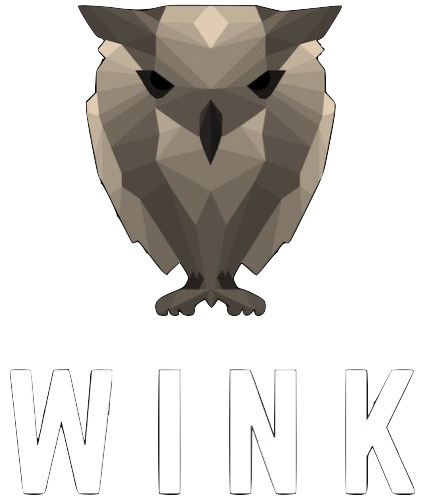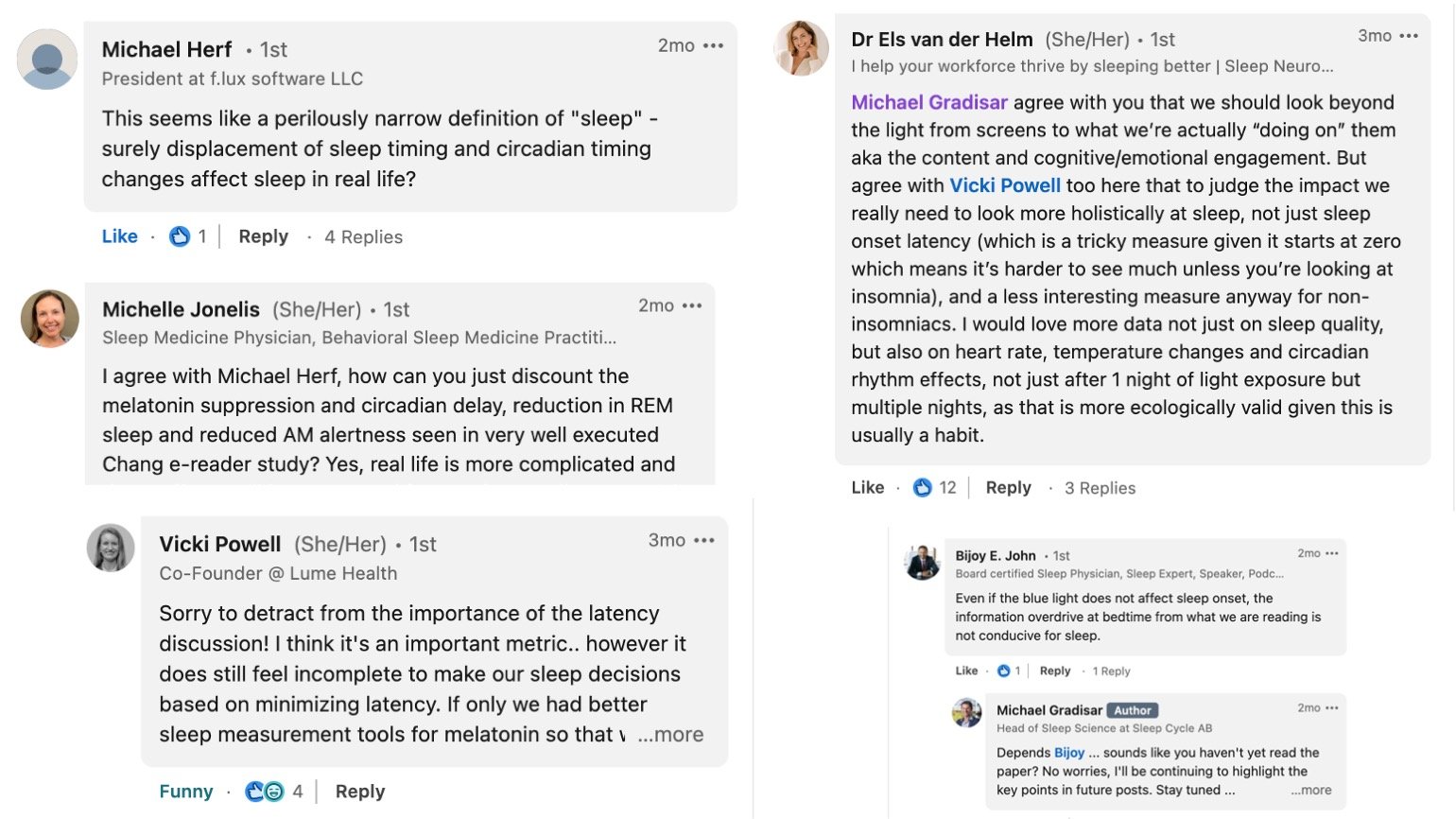#158 - Everything You Need to Know about Tech and Sleep - Part 2
When I was a kid growing up in the 1980s, there were two screens.
The small screen (TV) and the big screen (Cinema).
And one of the biggest trilogies of the 1980s was Star Wars.
Where the hell is this blog going? …
Well, sometimes you just gotta go along for the ride.
And for the observant ones - yes - the first Star Wars movie came out in 1977, and it was called ….
A New Hope
In Blog 156, we provided the highlights of our recent review of the bi-directional links between screens and sleep.
If you missed it, we took a key quote from each section, which described a mechanism linking tech use and sleep. These include:
screen light
the content
using tech during the night
using tech past one’s bedtime
using tech to relieve boredom or cope with nighttime worries - and
translating this science to the public.
And it’s that last dot point that is the focus of today’s blog …
The Empire Strikes Back
After we published our new review in Sleep Medicine Reviews, we were alerted by the Editor that they received a Commentary on our paper.
Admittedly, the first time I read this Commentary, I could see the good and the bad.
The good? There were kind acknowledgements of our work. A genuine underlying respect.
The bad? There were a bunch shotgun pellets tearing through our arguments and interpretations of the data.
The Commentary was written by 6 authors, who recently co-authored an international consensus group of experts for the National Sleep Foundation.
One could say this was ‘The Empire Strikes Back’.
Fortunately, the Editor asked if we would like to write a Counter-Commentary.
Dare I say this was …
Return of the Jedi
Hopefully the benefits of reading these WINK blogs is that you get the feeling that we’ll call ‘a spade a spade’; that we’ll focus on data; and that we’ll speak from the heart.
So I’m going to go out on a limb here … there can be a perception that America is the greatest country on Earth.
I felt there was a tone of “There there little ones.” as the largest USA-based sleep education organisation - aka, the National Sleep Foundation - patted us on our little heads.
In other words? - “Nice review. But people should listen to us now …” - like my team is a bunch of cute little Ewoks that shouldn’t be taken seriously.
It’s times like these, that I think we need Jeff Daniels to remind us of the facts as to why the USA is not the greatest country in the world …
Of late, I’ve been fortunate enough to have more time to read broadly and deeply - meaning, I’ve been able to read many peer-reviewed studies on a given topic. I cannot overstate how important this is for those who wish to learn. Therefore it would be amiss of me not to recommend that you read all 3 parts to this trilogy:
You’ll get to access the full version of the third paper until August 30th (thank you for that morsel Elsevier…).
Of all the contested issues in these abovementioned papers, there is one that I’d love to highlight for you now …
Sleep latency as a measure of alertness
When I started my clinical training in the early 2000s, there was a general ‘rule of thumb’ that people shouldn’t do anything stimulating before bed (eg, exercise).
Makes sense?
When LED screens became portable, experts started to warn people not to use them in the hour before bed. I recall the disdain on a pediatric sleep listserver when Apple released their ‘Love’ commercial for the iPad 2, which depicted a kid’s face lit up by an iPad. At that moment, no one had tested whether these ‘harmful’ blue rays of light affected ‘sleep’.
To cut a long story short, we’ve collated and presented the sleep latency data of the 11 studies to date that have tested the effects from screen light. The findings from these studies clearly show the extension of sleep latency is not much (all less than 10 minutes) - and indeed, overall, they average only a few minutes.
Recently on LinkedIn, I’ve received counter-arguments to my focus on sleep latency:
We’ve also focused on sleep latency when examining the content on the screens - for those who prefer to counter the screenlight data in another way - that is, not head-on - when they’ll say “I think it’s what’s on the screen that matters.”
So we presented the sleep latency data for experimental studies testing what’s on the screen (you can see this for yourself and download it here).
And so, our focus on Sleep Latency also attracted a criticism in the Commentary:
“For example” is a great way to confirm an argument one is making.
But get this - we read this “For example” article - and this is what the authors of that article stated - and what we restate in our Counter-Commentary:
But I was curious whether this extended to other studies. Whether the counter-comments on LinkedIn may have substance. So our team drew up a table of the ‘tech use and sleep’ studies that found a minimal sleep latency due to testing the content or screenlight.
And this is what we published:
Maybe I’m taking crazy pills, but in my world, an example of a major concern is when researchers ….
Conclusions?
Researchers wish to learn about the world we live in by following scientific processes that ultimately produce data that they can make sense of.
But it’s the next step that is also crucial - translation of the data to the public in an understandable way.
For the past decade it has been frustrating and damn near impossible to inform the public that, for example, the effect of the blue light from screens on sleep is minimal.
So it’s disappointing that when we finally get a chance to present the numbers - how long it takes to fall asleep after using a bright screen from all of the studies to date - that there is this distraction, even, confusion from colleagues.
As stated above, the National Sleep Foundation is a powerhouse, who has the ability to impress upon millions if not billions of people around the world.
Surprisingly, their media release for their consensus statement barely made headlines.
As for our little paper? Not too bad for a bunch of Ewoks …
Prof MG













